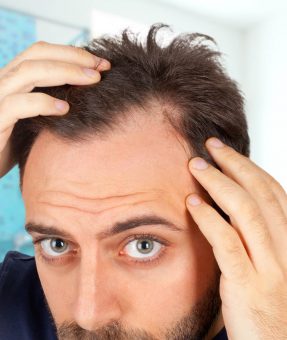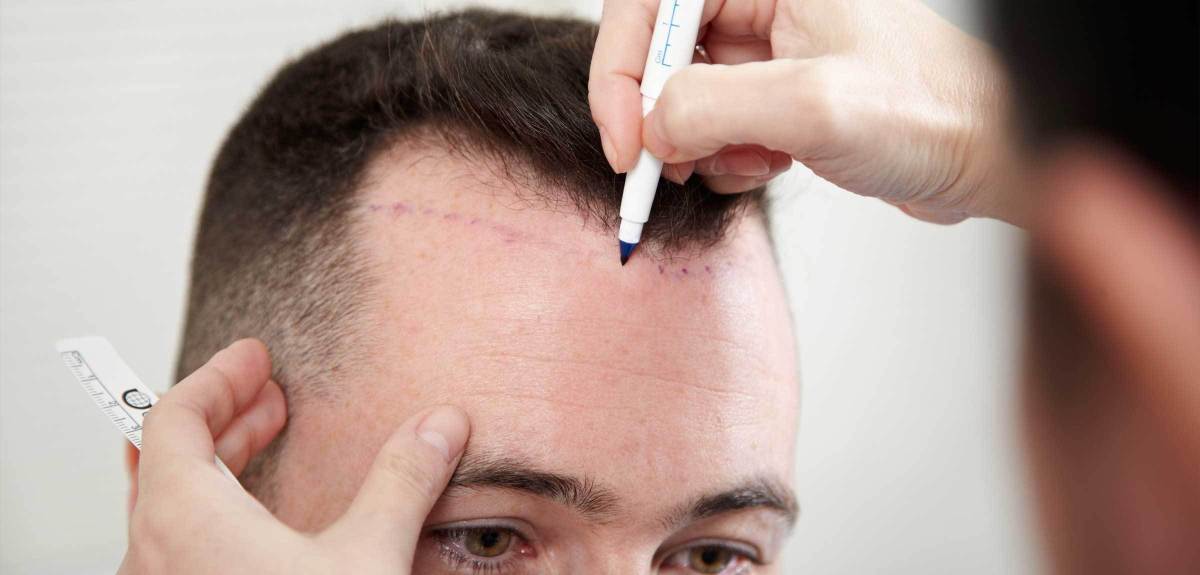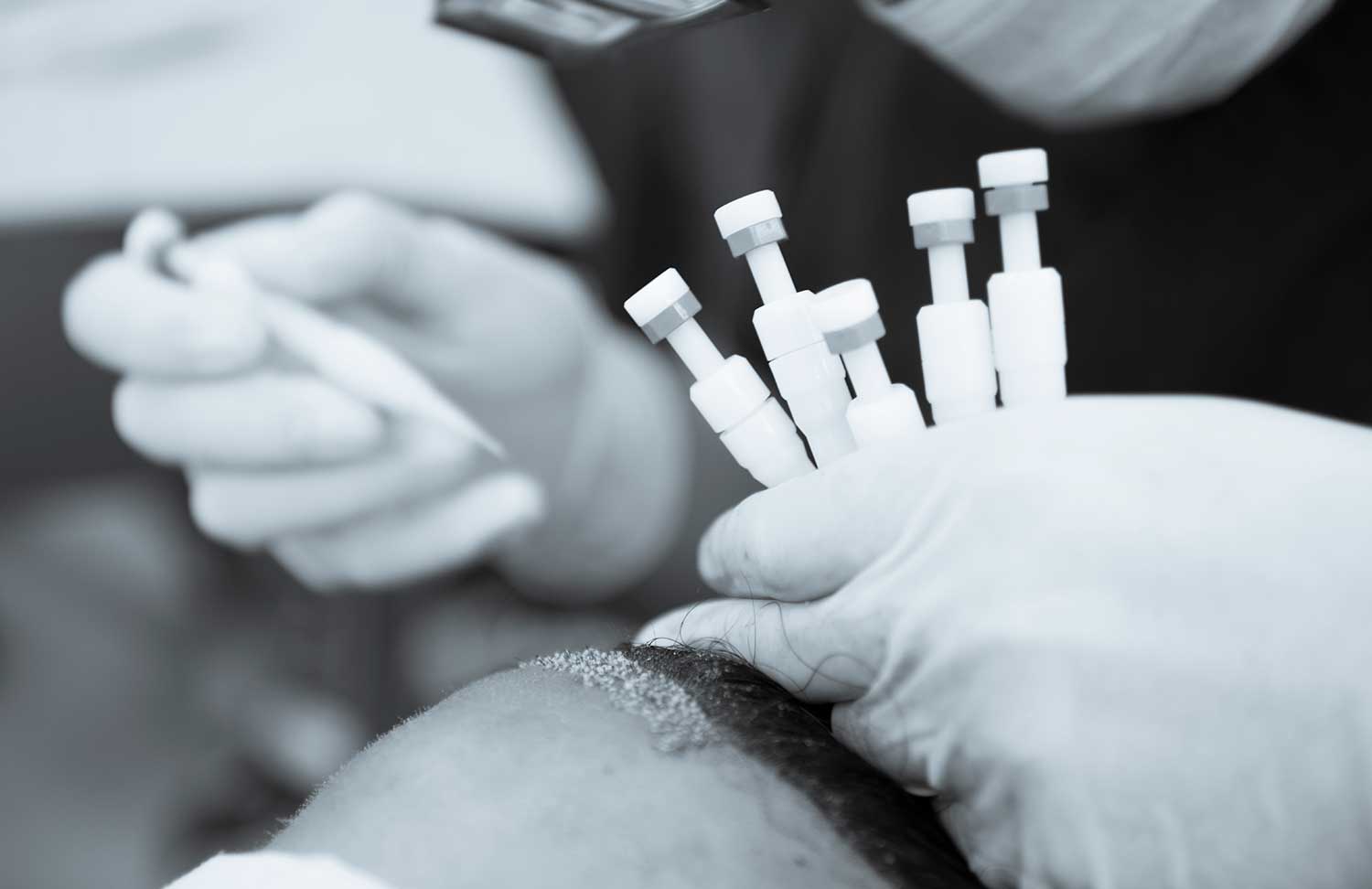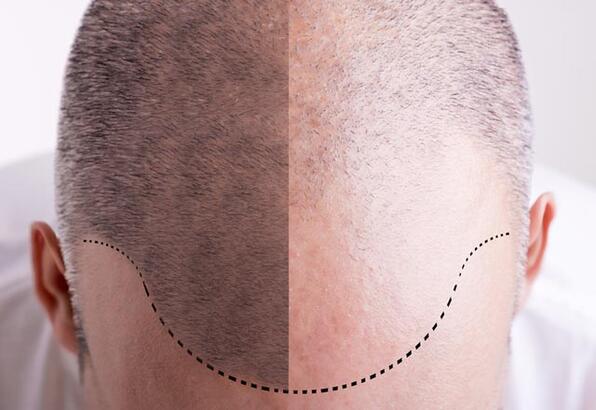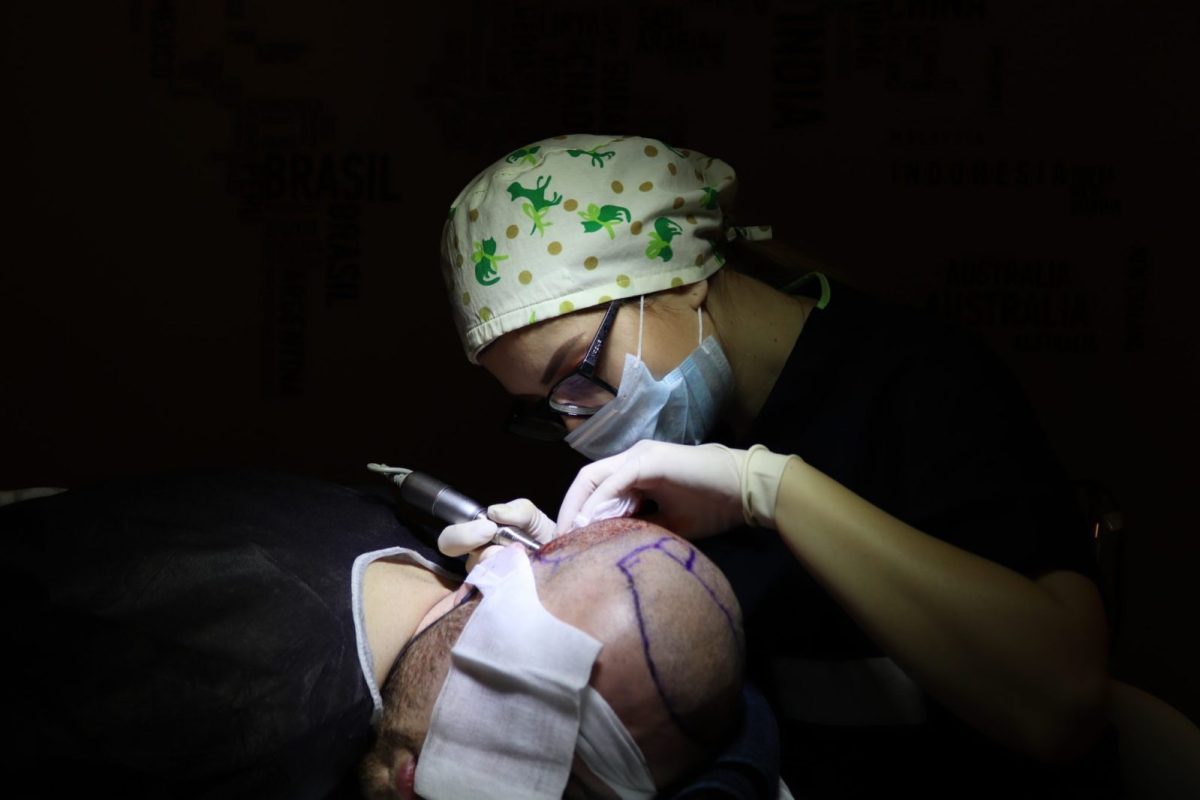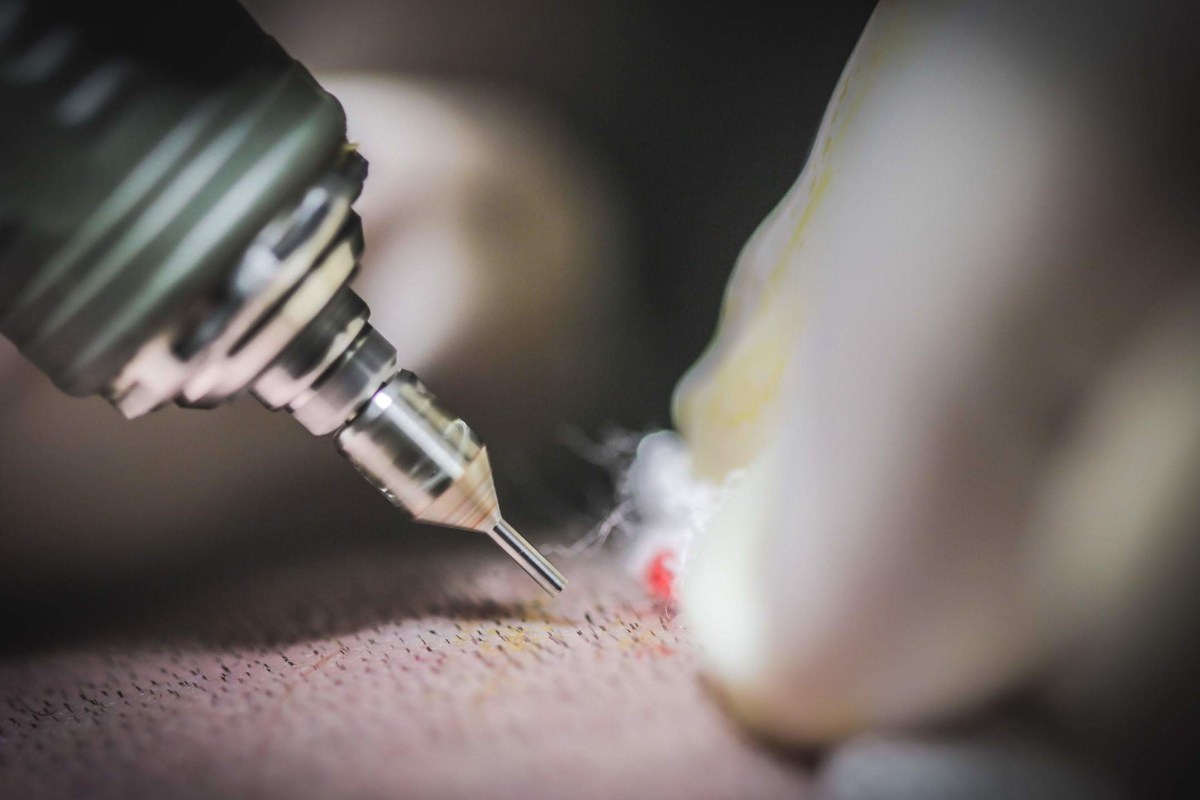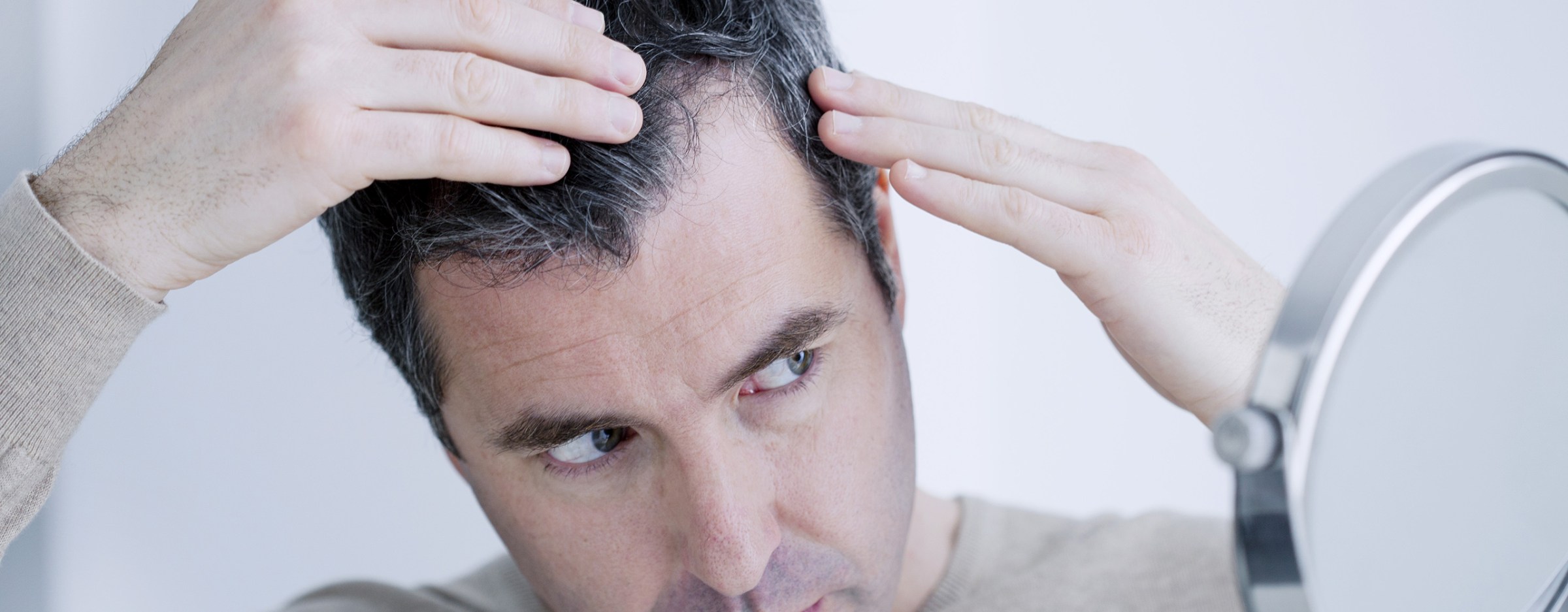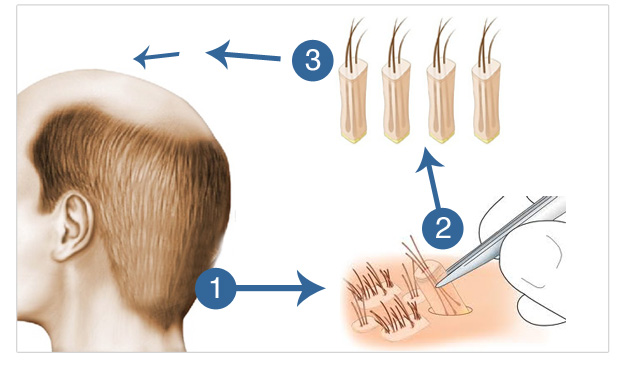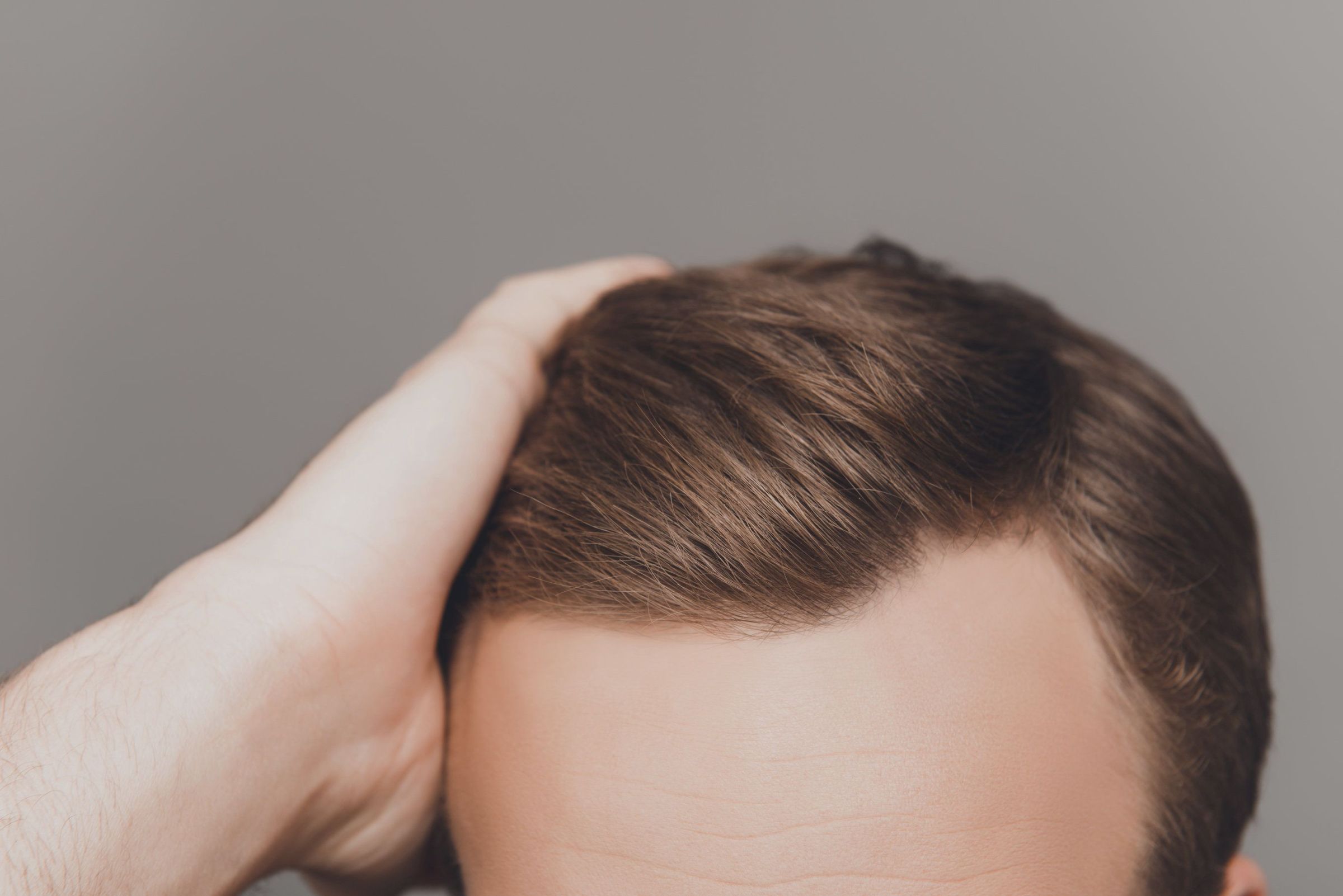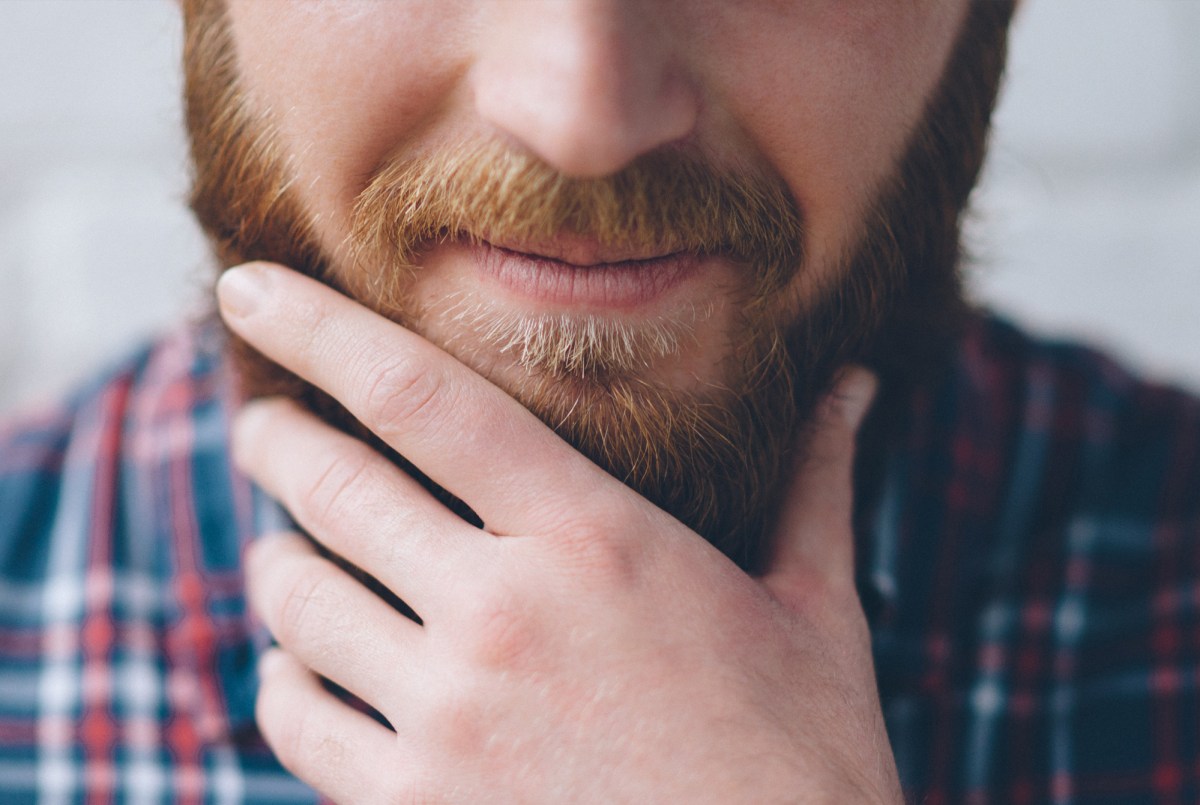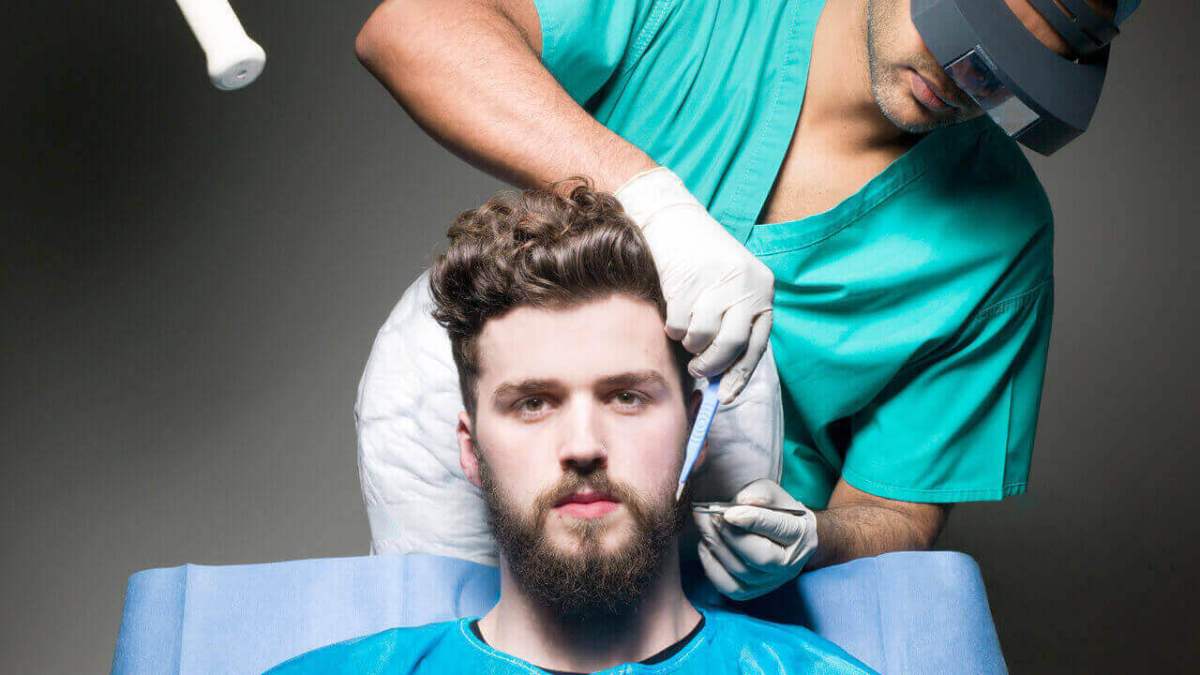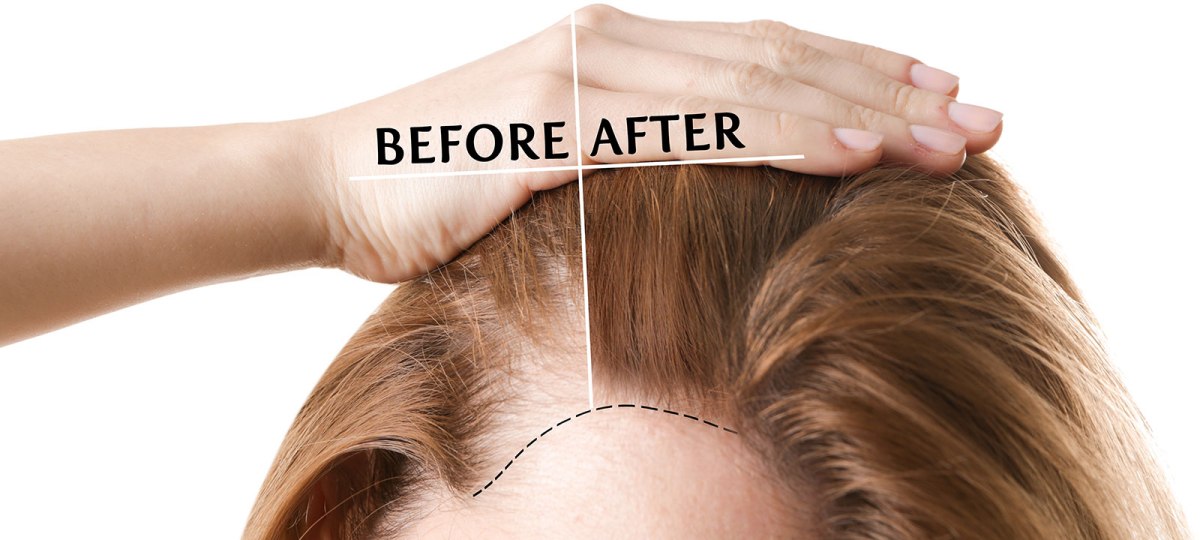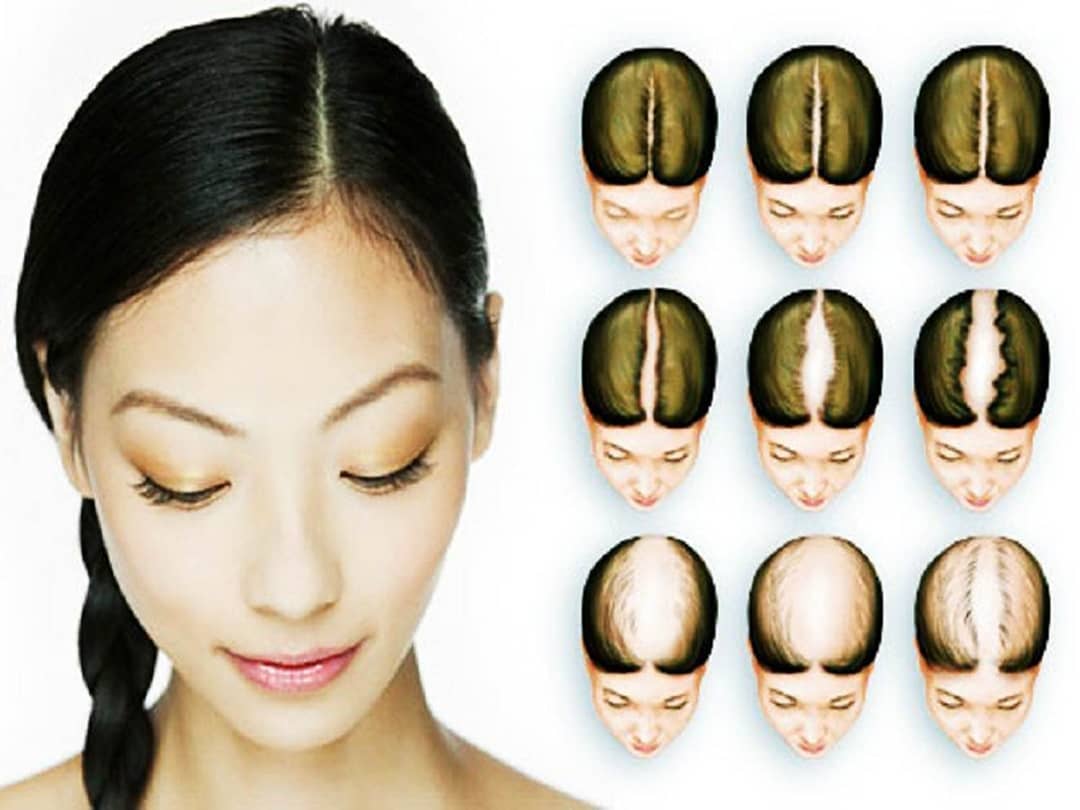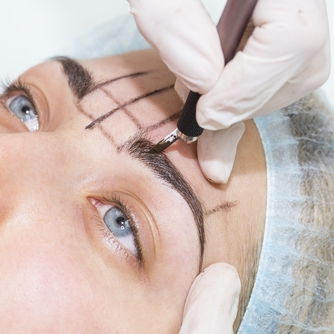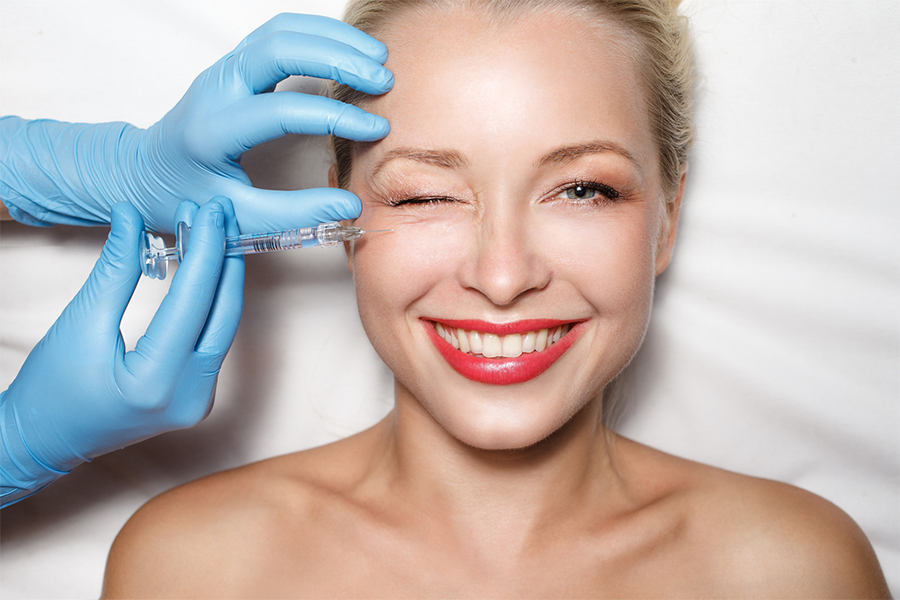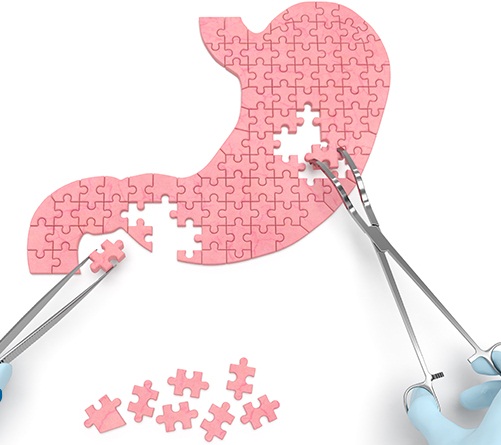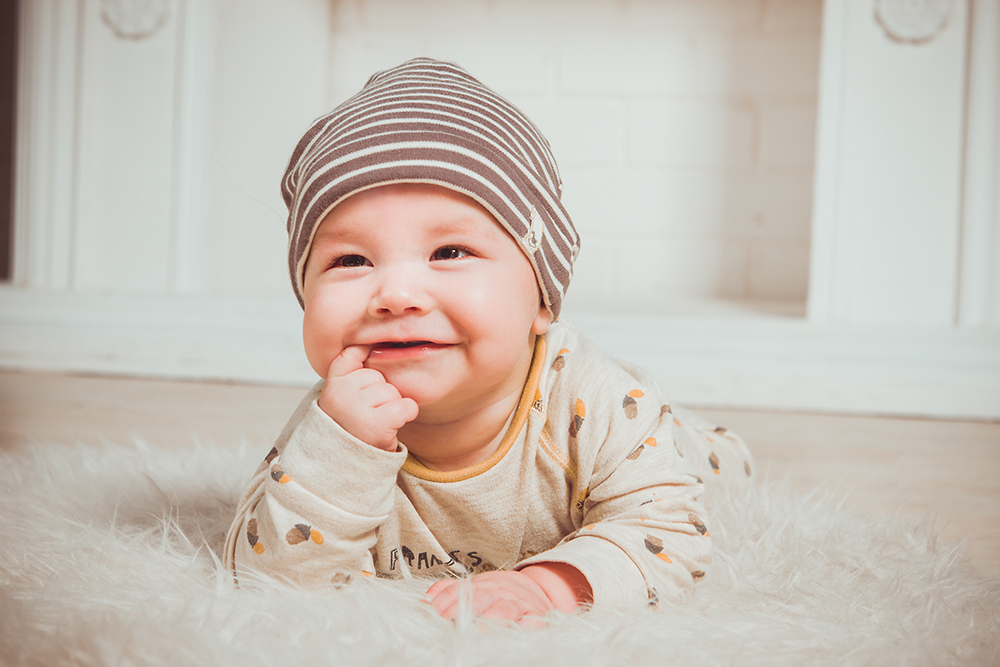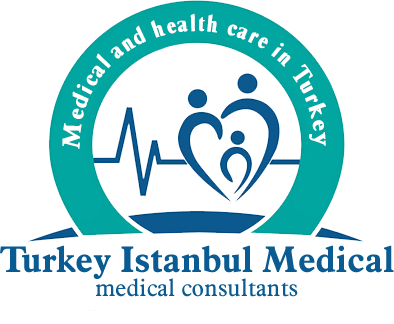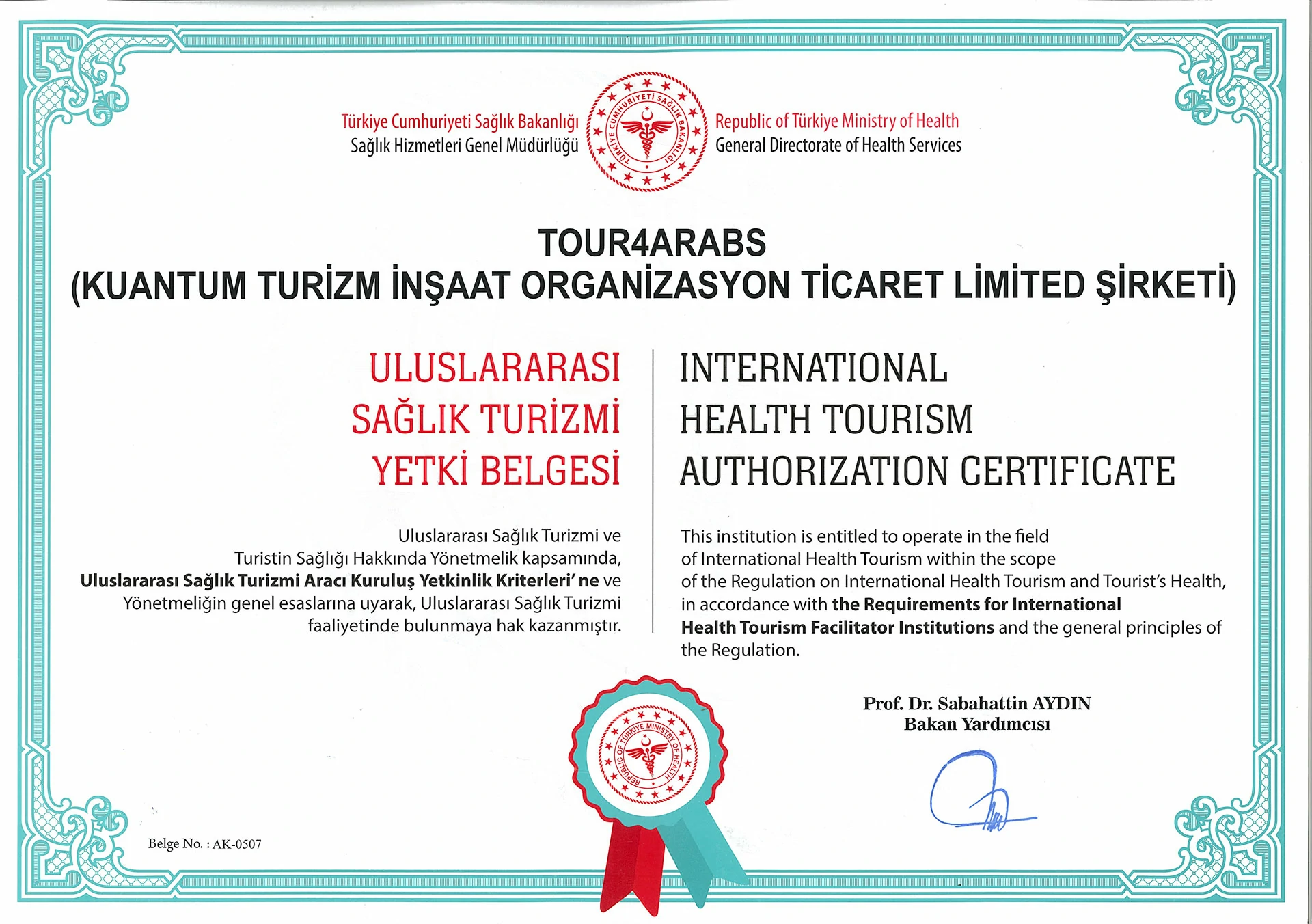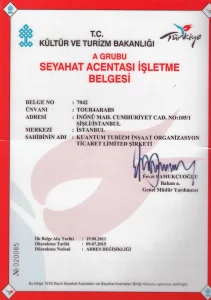DHI Hair Transplantation Method
The main advantage of this method is that it is possible to perform more frequent and more natural hair transplantation by focusing on the spaces between the hair without damaging the existing hair.
Since the recovery process is faster compared to classical techniques, normal life can be returned as soon as possible.
What is DHI?
DHI Hair Transplantation (Direct Hair Implantation) is a hair transplantation application that has become widespread especially after 2016. In this method, also known as “pencil technique, hair follicles collected individually from the donor area by FUE method are placed in the desired area using special medical pens called Choi” or “implanter. Using DHI pens, hair grooving and hair follicles placement can be realized simultaneously. Thus, the waiting time of the hair follicles in the outdoor environment is reduced.
How is DHI Hair Transplantation Done?
First of all, the structure, quality, hair loss potential, density of donor area and the number of grafts that can be transplanted are calculated by using computer-aided hair analysis.
Preferably, your hair is cut to a certain length and prepared for the design of your front hairline. The donor region is anaesthetized and the neck region is anaesthetized. Then one piece of tissue around the hair follicles is left one by one and removed with the help of micromotor without being damaged.
To prolong the life of the tissue grafts and to maintain the quality of the hair grafts, the tissue is stored in protective solution as single, double and triple.
After the tissue removal process is completed, local anaesthesia of the area to be transplanted is performed. The grafts are then inserted into the implant pens one by one according to the graft thickness. Hair transplantation starts from the planned front hairline and the grafts placed in the pens are planted by the natural exit angles of the hair. In this way, the existing hair is preserved and the planting process is completed.
DHI Advantages
First of all, let’s talk about the advantages mentioned by the experts:
- Minimizes the time the hair follicles stay out of the tissue to a minimum level and ensures more healthy transplantation.
- The survival rate of hair follicles is higher.
- As the incision area will be less, it minimizes the risk of bleeding as much as possible.
- A faster recovery can be seen after a hair transplant operation so that the patient can easily return to his / her daily routine in a short time.
- In this method, unshaved hair transplantation can be done more easily.
Disadvantages of DHI Method
The disadvantages compared to the FUE method are the following:
- To use this technique well and specialize, both the physician and the team must go through a very long training period.
- Compared to other hair transplantation methods, it is generally more expensive.
- The planting person should be careful and in high condition.
- Planting in a haired area means that the sowing area is too narrow, and if the cultivator does not have enough experience, Choi can damage the tips and other hair follicles when working in this narrow area.
FUE Hair Transplantation
Stress, nutritional deficiencies or a number of diseases that may occur due to a variety of causes of hair loss, some of them may disappear with the disappearance of the cause, while others can be treated with various drugs and solutions, but the hormonal and metabolic disorders caused by genetic predisposition or drug treatment is not effective due to genetic loss.
What is FUE Hair Transplantation?
FUE hair transplantation; It is the method of removing the live hair follicles from the haired parts of the head as single, double, triple grafts without micro-motors and surgery.
FUE hair transplantation process; hair follicles are transplanted from the donor area where live and healthy hair follicles are taken to the non-hair recipient area.
FUE hair transplantation sessions, which do not leave any scar after the procedure and offer a fast and effective solution, take about 6-9 hours. The length of the sessions may vary depending on the width of the area to be transplanted and the number of hair follicles to be transplanted. During this operation, the patient is given local anaesthesia and after the hair transplantation, the patient has almost no pain.
FUE technique is easier and the success rate is higher than the FUT technique in hair transplantation method of a person’s hair grows naturally and does not create an artificial image. Moreover, since there are no scars, it is not clear that people have hair transplantation.
Who is FUE Suitable for Hair Transplantation?
- FUE hair transplantation can be applied to both men and women.
- For the application of FUE hair transplantation; hair loss must be completed.
- If the hair loss is not completed, the desired result will not be obtained in the future even if the hair is transplanted.
- FUE hair transplantation can be applied to people of all ages, providing a definitive solution to the problems of people with hair loss due to genetic reasons.
- The experience of the experts who will perform FUE hair transplantation operations, which can be performed for people who have no hair or hair due to illness or accidents, is very important for the success of the operation.
- FUE hair transplantation; It is a process that requires detailed planning. This operation should not be performed without investigating the reasons for hair loss for those who want to have hair transplantation, obtaining information about their general health status and evaluating the demands of the person.
Properties of FUE Method
- In the area where the grafts are taken, the only one-to-one study is performed on the relevant stem cell without tissue removal.
- There is no incision and stitching in the area where the hair is taken. In the area where the roots are taken, abrasions with a diameter less than 06.07 mm are formed and these abrasions close in a few days and heal without a trace.
- With this technique, grafts taken from the nape are used for hair transfer as well as for eyebrow, moustache and beard transfer.
- Up to 4,000 to 6,000 grafts can be taken in one session, depending on the condition of the average donor area and the number of roots to be sown.
- Each graft contains between 1 and 3 strands. 1 graft hair, average 2 – 2.5 hair strands are accepted.
- Depending on the number of roots and clearance obtained, it is possible to sow 50 – 60 hair follicles per square centimetre.
- Also, less pain on the postoperative days and short recovery time are among the reasons for this method.
- At the end of the first month, the transplanted hair is shed, it grows and grows 2-3 months after hair transplantation.
- In the 6th month, hair develops to fill the eyes. However, the most beautiful state of hair transplanted after completing the adaptation process takes 1 – 1.5 years. The transplanted hair is not shed because it is taken from the area that is coded for not shedding. Since the hair belongs to the person, it grows in the same colour and character.
- In hair transplantation, the amount of hair that is present and how it is taken is as important as the direction of the hair transplanted and the naturalness of the front hairline is as important as the amount of hair transplanted.
Things to do after FUE Hair Transplantation
The hair transplantation area should not be washed for the first three days and nothing should be applied except for the solutions given by the attending physician. At the end of the third day, washing the hair in the hospital where the operation is performed and taking a shower every day for the next week will strengthen the hair follicles.
- During the first week of the planting area, nothing should be rubbed against and hit.
- A few days after the operation, the bandage should be removed from the graft site and should not be covered again after dressing.
- After one week of application, the shells on the scalp begin to shed. Itching in this area is normal. After a while itching will disappear completely.
- During the 15 days following the application, it should not be entered into the sea or pool, showering with hot water, hairdryer and similar hair products should not be used.
- If the application is carried out in the summer, it is essential to protect the planting area from the sun by wearing a hat that does not squeeze for about a month.
- You should take a shower with the solutions given by the doctor until the skins are shed and after the skins have been shaken the head should be washed with normal shampoo.
- Using a soft towel until the hair comes out completely and reaches the desired form, applying massage to the bottom of the hair results in a shorter time.
- After the FUE Hair Transplantation period, various vitamins and minerals can be applied to strengthen the planted roots with the help of hair mesotherapy method. If hair mesotherapy is repeated every few years, there is no obstacle to having healthy and thick hair for life.
What are the Differences Between DHI and FUE?
The difference between DHI and FUE allows hair transplantation without shaving. Since the hair follicles are transplanted within 1-2 minutes after removal from the donor area, the hair follicles cannot wait outside the body. In areas where the hair is not completely shed, it is possible to plant more easily between hair. Especially in narrow areas of hair transplantation allows more intensive planting.
Hair Transplant Stages
HAIR TRANSPLANTATION IN 5 STEPS
Hair loss is an important problem that can occur at different ages and for different reasons that affect people psychologically and socially. I would like to share with you the process from hair loss to hair transplantation.
The step-by-step process of hair transplantation begins when the person’s hair loss reaches a noticeable size.
For men and women, 100 hair loss per day is considered normal within the hair growth cycle.
STEP 1: Decision Making and Correct Timing
The first step in the process of hair transplantation is the decision-making process. When a person’s hair loss starts to affect his / her social, psychological and private life intensively, the person who experiences hair loss increases the search for solutions.
Hair transplantation decision stage, hair loss is an irreversible and increasing day by day realized that a variety of shedding comes to the agenda.
What to do in the decision-making process
Research and Information: Getting enough information about hair transplantation and having an idea about what to do accelerates the decision-making process.
Hair Analysis: Hair analysis is a process that reveals your type and level of hair loss and analyzes your hair structure. After the hair analysis, learning the suitability of your hair structure for hair transplantation affects your decision-making process.
A hair analysis will also help you determine the right time for hair transplantation. In some cases, your hair transplantation level may not be ideal for hair transplantation. Your doctor may recommend that you wait for a while.
Nowadays, some hair transplant doctors conduct hair analysis free of charge to ensure accurate information of patients.
Also, in the decision-making process, one should evaluate his / her feelings and the related discomfort dimension of hair loss.
STEP 2: Doctor Selection
The most important issue for the person who decides to have hair transplantation is the choice of doctor. Your chosen doctor is the one who will inform you correctly about the results of hair transplantation which is a surgical operation which requires intensive experience and dexterity.
Hair transplantation operations are microsurgical operations that should only be performed by doctors in hospitals and surgical medical centres where sterile conditions are properly maintained.
Feeling comfortable with your hair transplant doctor and being able to ask all the questions you have in mind is another criterion that will help you in choosing your hair transplant doctor.
STEP 3: Pre-interview
In hair transplantation, which is a personalized operation, hair structure, hair loss shape and grade, quality of donor area are the factors affecting the success of hair transplantation operation. The importance of pre-interview in hair transplantation comes into play here.
Although photos taken from various angles before the pre-interview can be used to obtain an average idea, remember that you should meet with your doctor one-on-one to ensure a healthy and clear diagnosis of the condition of the hair.
What Happens During the Pre-interview?
The doctor performs your hair analysis first. In some cases, a more detailed analysis may be required for some people, as the hair analysis will take a short time depending on how it is shed.
During your interview with your doctor, you will be informed about the rate of shedding, your reasons, possible transplantation type and result, the number of grafts to be transplanted during the pre-interview and the method of hair transplantation (FUE or DHI) are also decided.
In terms of the density of the area to be sown, a large number of grafting seeding seems to be good; depletion of the donor area with a single operation is not recommended as it may mean that re-sowing cannot be performed in case of necessity.
Approximately half an hour after the decision on the day of the preliminary interview after the analysis of the blood vessels are opened by opening 2 tubes of blood samples are sent to the laboratory for tests.
Blood tests, which will allow you to get clearer answers about your reasons for shedding, are also checked for important diseases such as jaundice, HIV (AIDS), diabetes and hepatitis so that no problems are encountered during the operation. It is very important to find out whether the patient has an obstacle or risk for hair transplantation to have a successful operation.
Pre-Operation Considerations
During the pre-interview, you will be told by your doctor about the points you should pay attention to the day and before the operation. It is very important to ensure that your operation is successful and smooth.
- Always tell your doctor if you are taking any medications and do not use any medicines including vitamins without consulting your doctor before the operation.
- Stop alcohol and cigarette consumption before the operation.
- Do not prefer caffeinated drinks before the operation.
- You can eat light foods. Being full before long hair transplantation operas will provide more comfortable operation.
- It is recommended that you come to the operation by washing your hair. Do not use any styling or lotion.
- Choose clothes that can be easily removed with buttons.
- Remember that you should ask all the questions you may have in your mind during your interview with your doctor.
Step 4: Operation
Hair Transplant Procedure
The frequency and structure of your hair are analyzed by our plastic surgeon and the necessary graft transplant area and donor site are checked and operation planning is done with you. You will be informed before, during and after the operation.
Determination of Donor Area and Local Anesthesia
The limits of the area where the hair follicles are to be taken are determined and the long-acting local anaesthetics are gradually applied to the area, which will not cause you pain or pain during the operation.
Collection and Preparation of Grafts
The removal of follicular units (grafts) using micromotor starts and ends in a short time. Grafts collected by hair transplant specialists are counted and grouped according to the number of hair follicles they contain. It is kept at special temperatures in special liquids which provide feeding until sowing process. At the end of this section, a temporary dressing is performed on the donor site.
You can relax while moving to the second part of the hair transplant operation, you can take small walks in the clinic, you can meet your needs.
Transportation Area Preparation
Local anaesthesia is applied to the planned and maximum activated transplantation area with laser sessions. Depending on the number of grafts and laser doses applied, advanced prick techniques and special tools are used to channel the transplantation area. In this section, you can watch movies, read books and turn on your computer.
Insertion of Grafts into Channels
In the last section, our team places the grafts in the area determined by the cosmetic surgeon during the opening and direction of the channels. At the end of the operation, the one-night bandage will be made and your hat will be worn and you will be given with the necessary advice to make your operation night comfortable. Your prescription will be used for 5 days. You can easily return to your work or home after the operation.
STEP 5: Considerations After Operation
- Do not drive for the first 12 hours.
- Do not wash your hair for the first 3 days. Then, avoid the hot spots and pressure, do not dry your head with a towel.
- Use the medicines given to you on time and regularly.
- Do not drink alcohol in the first week.
- The first 10 days, sexual intercourse, sports, hard work, etc. that may make you sweat. avoid activities.
- Stay away from panic and stress as it may prevent hair follicles from holding.
- Avoid sunlight, ball games and marine activities for at least two months.
- Avoid stress and impact on the sowing area. Protect the area with a hat that is not too tight.
- Do not scratch the hair area during the healing period.
- Do not use hairspray or jelly for the first 2 months.
Remember that following these rules is important for keeping your hair follicles in the desired direction, and for shortening the healing process.
Beard and Mustache Transplantation
For men, the beard is part of the aesthetic look on the face. Beard is an accessory for the male face. But in some cases, it is seen that men do not have the beard they want. Sometimes beard dilution, clarity or scarring may occur due to diseases, sometimes due to genetic factors, and sometimes due to subsequent accidents. These factors cause serious problems such as not using the beard which is very important for men. Even the dirty beard that is common among young people cannot even apply fashion.
Normally, a beard or dilution is not a health problem for the male. The only effect is aesthetic. In this case, it can become a mental problem for a man. It may cause problems such as feeling unwell and socializing. Nowadays, aesthetic applications have solved this problem. Thanks to beard transplantation, men’s beard problem is solved with an easy application.
Why Beard and Mustache Loss?
Beard and moustache, whose frequency and quality depend on genetic structure, thickens within three years after entering puberty and takes their terminal forms.
Unless there is a significant change in the level of the male hormone, beard hair retains this characteristic.
There is no treatment or cosmetic way to regrow hair in the balding areas and the same applies to beard and moustache. In this case, the best solution is moustache and beard cultivation.
Moustache and beard shedding can result from various skin diseases, but the most difficult to treat is a hormonal imbalance.
Loss of beard and moustache occurs when the male hormone testosterone level decreases. Therefore, the hormone level should be controlled.
Alopecia Areata (Alopecia areata) ringworm or rash disease also causes loss of beard, moustache. Genetic, psychological stresses, cellular and humoral immunity, endocrine, infectious and neural factors have been suggested as the causes of the disease.
Who Is Beard Mustache Transplantation Recommended?
Men often have a beard but do not grow as naturally thick as they want, or men with low-density areas they want to fill require beard moustache cultivation. Physical traumas, including surgery, can cause permanent hair loss. The hair follicles are damaged and are usually replaced by scar tissue, ie the hair does not grow in that particular area. Beard and moustache transplantation is the only permanent solution for men in such cases.
Patients suffering from trauma or facial injury, who have suffered local baldness, possibly from burns or previous surgeries, tend to be suitable for beard transplantation. In such cases, there is usually no condition that causes balding again after treatment and good results can be obtained provided that the donor hair density is sufficient.
Before Beard Transplantation
There may be beard rarity on the human face, and the beard may not grow because of wounds or burns on the face. Such problems lead to beard regrowth. Beard cultivation starts from the age range of 20 to 22 years in which hormones are placed. Favourite planting and eyebrow planting are similar to this planting and it is a method frequently used by irregular hairs and missing ones.
Before starting the beard transplantation process, it is necessary to plan and determine how many beards will be planted and at what angles. After making the physician’s decision on these issues, the sections where the face will be applied to beard planting are marked and then the information is transferred to the computer. Thanks to the computerized technology and developed programs, the person who grows the beard can see the new state of his face after planting and the parts to be transplanted clearly in the simulation.
Beard transplantation is not like hair transplantation; because there are different intensity beards from person to person. If there is a loss, the frequency of the beard in the vicinity is planned and harmonized with the surrounding feathers. If the patient is completely beardless, that is, the corner is between 1500 and 3000 root planting depending on the desired density.
Beard Transplantation
- First of all, the hair follicle is taken from the neck region.
- These roots are applied to areas without hair and have a natural beard appearance.
- Since the grafts are carefully removed in the application, there are no signs or symptoms in the region.
- If there is a regional loss of beard, the number of roots is determined according to the frequency of the remaining region and the application is made.
If there is no beard on the face of the person, the number of roots is determined according to the frequency and application is done. In cases where the beard is completely absent, an average of 1000 to 3000 roots is needed.
After Beard Transplantation
Beard shedding occurs within 15 days after this application. However, these are just the process of breaking the hair. Hair follicles are not damaged. Beards start to grow in about 4-8 months. People get a fairly natural looking beard. It should not be used in materials such as cologne and perfume in this area. In addition, beards should not be used on the machine during the recovery period (1 month). It can be shortened with scissors. Since the hair follicles planted in the beard area are active, they will begin to grow later. After the healing process, people can start shaving with the doctor’s approval.
Is Beard Transplantation Risky?
Beard transplantation is carried out with hair follicles obtained from one’s cells and therefore carries no risk.
You can get the result of beard cultivation, which is an application that everyone can do with peace of mind, and you can get rid of the problems that occur permanently in the beards. People who have beard transplantation are generally satisfied with the results. For this reason, beard transplantation, which has no side effects and is an application, is very often preferred.
FUE Hair Transplantation in Women
Hair transplantation comes to mind more than men, but hair loss among women experiencing hair loss is of great interest.
There may be several reasons behind hair loss in women. Some of these are inadequate nutrition, stress or hormonal imbalances. For women, it is very important in terms of their appearance. Therefore, when excessive shedding occurs, it can affect the person both aesthetically and psychologically. However, today, hair transplantation is the right choice for women in terms of developing treatment options. Women may also have hair transplantation when it comes to hair loss or an opening in the top region resulting in the hair’s forehead regression due to androgenetic alopecia, known as male pattern hair loss.
Hair transplantation is successfully applied in our country. Early results are very good. There are women who do not get the desired result from drug treatment. For these patients, they may prefer hair transplantation.
What are the Causes of Hair Loss in Women?
The causes of hair loss in women may be;
- Thyroid diseases,
- Pregnancy, birth, breastfeeding periods,
- Chemotherapy
- Seasonal spills,
- Skin diseases,
- Stress
- Genetic causes.
Whichever of these causes affects your hair loss, it is aimed to solve the problem with the necessary medication. However, if the problem is not resolved, you will be directed to treatments such as hair transplantation or mesotherapy.
Hair Transplantation for Women
It is common for women not to have their hair cut short. However, the determining factor is the method to be used here. If the Fue technique is to be used, the roots to be transferred in the donor area should be cut short to be removed without damaging the tissue. Problems causing hair loss in women should be investigated and treated.
Hair loss problem in women is called Alopecia. The problem causing this situation must be determined. After the necessary tests are carried out and analyzed, factors that may cause spillage are sought. If the situation is temporary, there is a solution to shorten this period. However, if there is a permanent problem, a decision is made for transplantation.
The problem of hair loss in women is called Alopecia and it is necessary to identify the problem that causes this condition. After the necessary tests have been carried out and analyzed, elements that may cause spillage are sought, and if the situation is temporary, there is a solution to shorten this period. However, if there is a permanent problem, the decision is made for transplantation.
The procedure is similar to that applied to men. Back of the neck is also used as a donor. In female condition shedding, there is less shedding than male type shedding.
Things to Consider After Hair Transplantation in Women
After hair transplantation, patients should visit their physician once a year and be examined. If there is a spillage, necessary intervention is made.
Hair care after hair transplantation begins with the use of a lotion recommended by the doctor. These products are used for 5 – 6 months, depending on the condition of the doctor and the hair. After that, normal shampoos can be used. However, it is important to choose healthy shampoos with low chemical content. Otherwise, the hair will not grow healthy.
Thanks to routine messages, many people prevent new hair loss to the scalp. In addition, herbal lotions and shampoos are very useful in this process. Your doctor will advise and advise you which product to use and which products you should avoid. For this reason, it is important to spend this process using expert support.
Can Women Leave Scars After Hair Transplantation?
There is no scar on the scalp after hair transplantation in women. However, this method is also closely related to planting. FUT method may leave traces; however, there is absolutely no trace with the FUE method.
Eyebrow Transplantation
Aesthetic appearance is something that people care about today. The face is the window to the outside. It is the most important organ with teeth in face, appearance and smile aesthetics. People may need facial aesthetics in case of accidents or congenital situations. These situations cause psychological disturbances. It decreases the joy of living and affects their social life.
Everyday medical developments have started to be used in facial aesthetics. Now, hair transplantation can be done successfully as well as eyebrow transplantation. Accidents, burn treatments, eyebrow loss due to some diseases or no congenital eyebrows can be treated with eyebrow transplantation.
How to Apply Eyebrow Transplantation?
Eyebrow transplant is like a hair transplant. Graft is taken from the person’s nape area. It is placed in the eyebrow area.
The procedure starts with the patient showing the eyebrow model he / she wants. With the help of a pen, the desired model is drawn to the eyebrow area of the patient.
Then, approximately how many follicles are required according to the density and thickness of the model drawn, and according to this calculation, a sufficient amount is taken from the hair follicles of the patient’s neck. These roots must belong to the person who wants to sow eyebrows because DNA adaptation is required for successful sowing.
There is not even a random placement after the roots are taken from the neck. Since the eyebrow area is not as dense and shaped as hair, a small mistake can cause a bad appearance. For this reason, the roots are determined and separated one by one before planting begins.
First of all, local anesthesia is applied to the area. The lateral slit is opened with very small channels and the roots are adhered to the area and placed. Roots are collected one by one with micromotor or manual punches. It is placed one by one in the opened channels according to their directions. This process takes as little as 2 hours in total. It does not cause any pain or aches due to micro working.
What Should be Considered After Eyebrow Transplantation?
After the eyebrow transplantation process is completed, the most important issue is hygiene. After sterile eyebrow transplantation, the transplanted area should be protected. It should not come into contact with water for a while. For this reason, the area should not be washed or wetted. This period is reported to the patient by the physician.
It is also important that the eyebrows are not stained until a clear result is obtained after transplantation. The first planted eyebrows may come out weak and thin. However, it will reach the ideal thickness after a while. After the procedure, nothing will be applied to the eyebrow area for 1 day.
Is Pain Feeling During Application?
No way. Local anesthesia is applied before the procedure. Beforehand, the feeling of pain is relieved with cold sprays or pomades. Even tattoos on eyebrows cause more pain.
